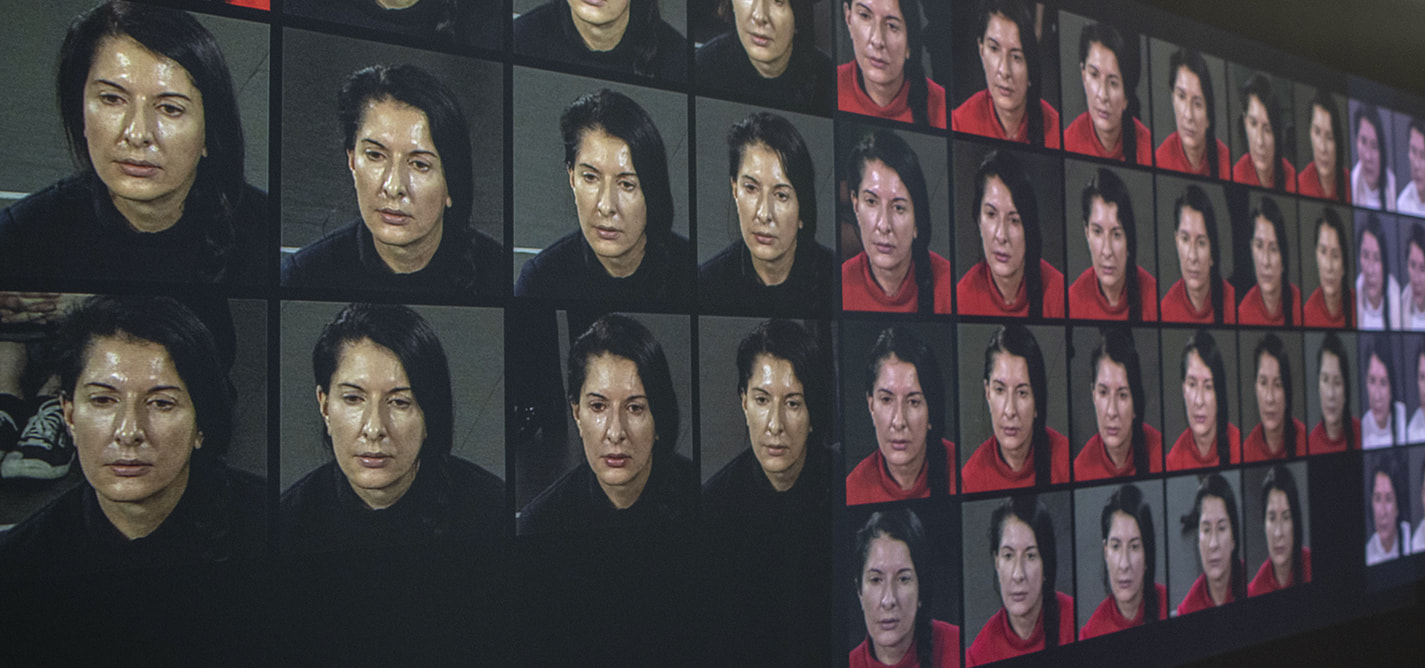
Marina Abramović marks homecoming with Belgrade retrospective
‘The Cleaner’ is set to be exhibited until January 2020.
|27.09.2019
|
“To us, a tight circle of people witnessing it, Marina’s early works promised that something big would happen in the next four decades or so.”
Jerko Denegri, art historianThe Museum of Contemporary Art hopes that in the coming four months — for the duration of the exhibition — they will be able to attract about 150,000 visitors.
“The museum has rented us a place where there are not enough beds for all of us, and therefore I am sharing my bed.”
Tickets for the exhibition are still available, but they should be bought a few days in advance and reserved for the exact time slot.
“If I had read everything they used to write about me, I would not have stepped out of my house at all.”
Marina Abramović
Jovana Georgievski
Jovana Georgievski is a Belgrade-based journalist at Vreme Weekly. Her areas of interest are migration, and Balkan narratives and their reflection on culture and everyday life. She is a Belgrade Open School alumna and speaks Russian and English.
This story was originally written in Serbian.